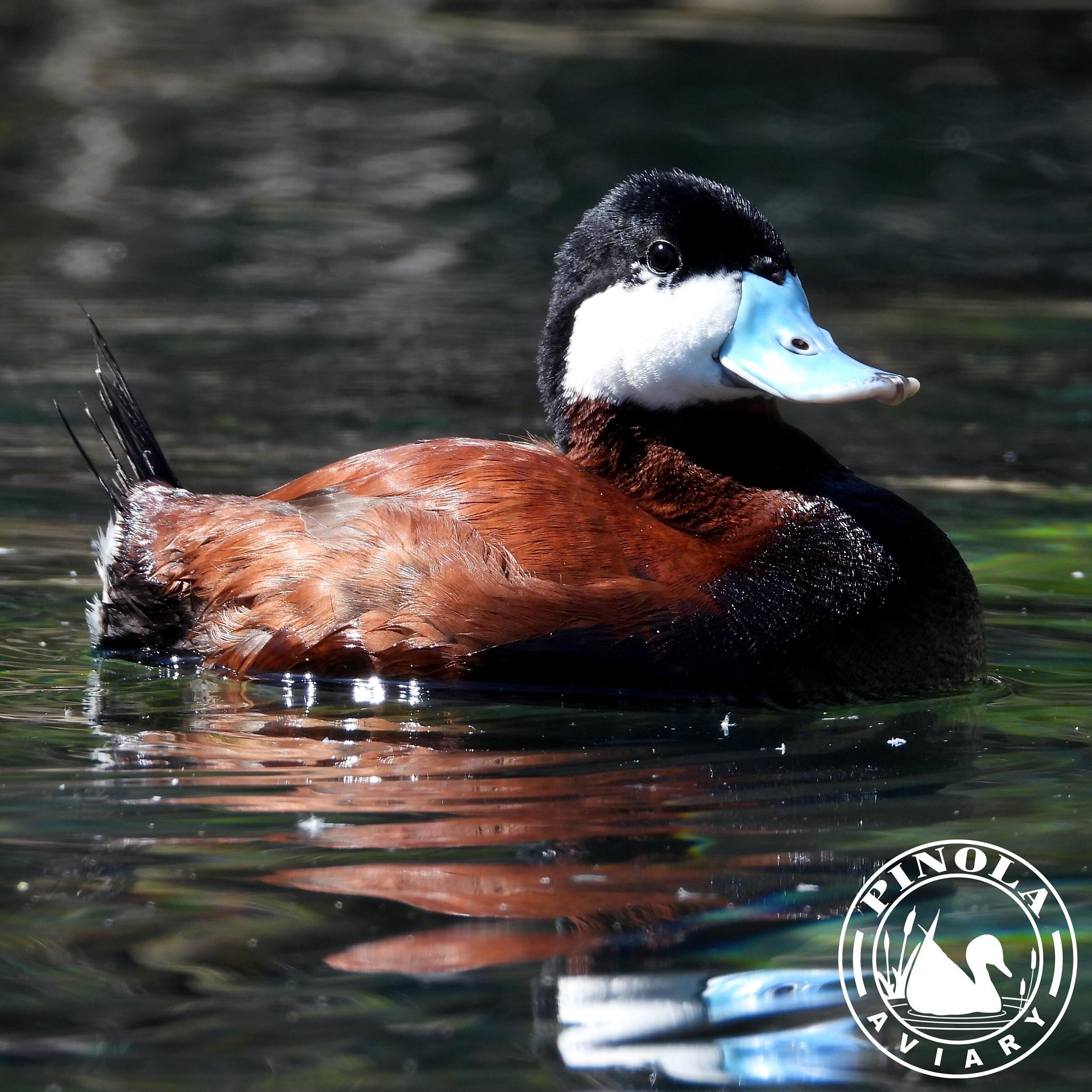– The unique morphology and behavior of the North American Ruddy Duck (Oxyura jamaicensis) during the breeding season.
– The role of aviculturists and wildlife conservationists in fostering Ruddy Duck populations across North America.
– The significance of the Ruddy Duck’s stiff-tailed features in their aquatic enablement and how it sets them apart from other waterfowl.
– The importance of the Ruddy Duck’s migratory patterns and habitat conservation along these routes.
– Technological advancements, such as livestream cameras, that allow the public to observe these ducks and their impact on wildlife appreciation and education.
—
The North American Ruddy Duck (Oxyura jamaicensis) is an eye-catching species among waterfowl enthusiasts, thanks to their distinctive long, stiff tails, which they often hold erect. A member of the stiff-tailed duck genus, these small, plump ducks exhibit remarkable features and behaviors, particularly during the breeding season. With large, scoop-shaped bills and a demeanor that sparks curiosity, the Ruddy Duck can be found across various freshwater habitats where they display their intriguing courtship antics.
Understanding the Ruddy Duck begins with appreciating their anatomy, which is geared toward an aquatic lifestyle. Their elongated, stiff tails are more than just showy appendages; they serve as pivotal rudders below water. When diving, the Ruddy Duck uses its tail and powerful, compact legs to propel itself with surprising agility, swiftly navigating submerged to forage for food. These adaptations make them skilled divers, capable of reaching considerable depths in search of aquatic invertebrates and plant matter—thereby playing an essential role in wetland ecosystems.
The breeding season unfurls an entirely different cast to the Ruddy Duck’s character—males transform with striking chestnut bodies, sky-blue bills, and starkly contrasting black heads. During this period, the formerly quiet and inconspicuous drakes become showmen, engaging in elaborate and comical displays to attract female counterparts. Their courtship performance is a spectacle of bubbling water and odd, mechanical vocalizations as males beat their chests with their bills to create bubbles and sound while showcasing their spiky tail feathers.
Breeding season is critical for aviculturists, who play a central role in monitoring and supporting Ruddy Duck populations. The health of the species in captivity and the wild is closely watched, as fertility rates can indicate environmental conditions and genetic health. In facilities like Pinola, aviculturists are real-time custodians, observing behaviors, collecting fertile eggs, and overseeing incubation to ensure the hatch of the next generation. This delicate process requires attention to temperature, humidity, and careful timing to simulate natural conditions favoring duckling survival.
Migratory habits are deeply rooted in the Ruddy Duck’s life cycle. As winter loosens, these ducks embark on their springtime journey to breeding grounds in the United States and Canada. Like clockwork, they carefully leave their wintering waters across Louisiana’s expansive lakes and ponds. Their departure signals the critical need for safe migration corridors and quality habitat at both ends of their travels. Conservation efforts are crucial in maintaining wetland sanctuaries that offer refuge, foraging grounds, and nesting sites for the survival of their species.
In an era where technology intersects with conservation, wildlife admirers need not travel far to encounter the vitality of the Ruddy Duck. Online live stream cameras provide an intimate portal into the lives of these ducks, capturing every nuance of their behavior without disturbance. This virtual window allows enthusiasts and researchers alike to study, appreciate, and raise awareness about the conservation needs of waterfowl species. Watching Ruddy Ducks through such contemporary lenses garners attention and aligns public interest with ongoing conservation initiatives.
In preserving the Ruddy Duck’s legacy, we commit to a broader vision for holistic ecosystem management that recognizes each species’ value as an integral component of our global biodiversity tapestry. Through targeted research, proactive stewardship, and public engagement, the Ruddy Duck continues to thrive, gracing our waters with their exceptional tails and vibrancy. Witnessing their animated displays and successful rearing of ducklings is a captivating experience and a testament to the favorable outcomes of concerted conservation efforts. As we persist in supporting these resilient waterfowl, we echo the sentiment of coexistence and nurture a future where wildlife and humanity can flourish in shared habitats.
*****
Source Description
Have you ever seen a duck with a long tail? The North American Ruddy Duck Oxyura jamaicensis is a monotypic stiff-tailed duck from North America. Stiff-tailed ducks are a genus of freshwater diving ducks with large bills that use their long tails as propellers to move rapidly while diving. The ruddy ducks at Pinola are now in full breeding mode, and males are actively courting the females. The ruddy duck courtship display is a favorite of aviculturists and birders alike, and their highly animated and frequent displays are an absolute joy to watch. We already have fertile eggs in the incubator!
Have you seen a Ruddy Duck in your neck of the woods? Here in Louisiana, they spend winter in large groups across lakes and ponds until they migrate north in the spring. To see our Ruddy Ducks diving and displaying, check out our livestream cameras on our website! Link in our bio.


